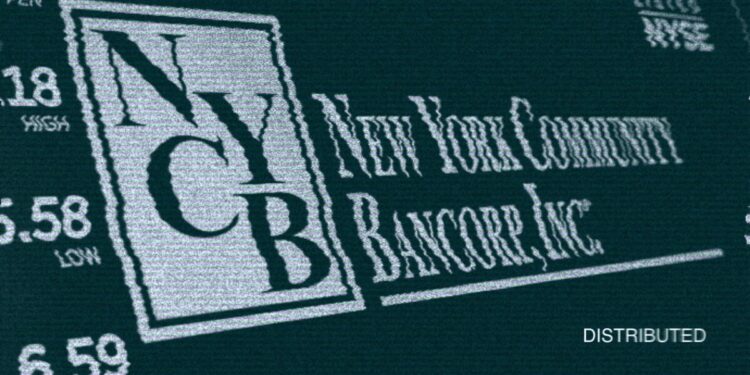In the complex world of finance, even the slightest tremor can send ripples of concern through the market. Such was the case when New York Community Bancorp (NYCB) shocked investors with disappointing earnings and a dividend cut on January 31 earlier this year. But the impact of NYCB’s troubles didn’t stop at its doorstep. It prompted a closer look from U.S. banking regulators, sparking conversations that could shape the future of the industry.
Picture this; executives at regional banks across the nation found themselves on the receiving end of calls from regulators. Offices in New York and Washington buzzed with inquiries from the likes of the Office of the Comptroller of the Currency (OCC) and the Federal Deposit Insurance Corp (FDIC). The topic of discussion? The health of the banking sector in the wake of NYCB’s woes.
“What’s the fallout?” regulators wanted to know. Were these regional lenders feeling the pinch? Had there been any unusual movements in deposits? Anxiety ran high as banks scrambled to reassure regulators that all was well within their walls.
Fortunately, initial reports seemed to calm nerves. Executives reported no significant disruptions, painting the conversations more as a formality than a cause for alarm. But behind the scenes, a deeper concern lingered. The failure of Silicon Valley Bank and other mid-size banks in recent times has already set off alarm bells. Now, with NYCB’s stumble, regulators couldn’t afford to take any chances.
See Related: CryptoCom Reveals Its $2.8B Asset Portfolio(Opens in a new browser tab)
Commercial Real Estate Portfolio
NYCB’s stumble was no ordinary trip. A surprise loss and hefty provisions for credit losses, particularly in its commercial real estate (CRE) portfolio, sent shockwaves through the industry. And it’s not just NYCB feeling the heat. Banks like Valley National Bancorp, Axos Bank, WaFd, and Bank OZK, with their hefty CRE concentrations, found themselves under the microscope.
Why the focus on CRE? Well, with the pandemic lingering, office vacancies are still a reality in many cities. And with small banks holding the lion’s share of CRE loans, any turbulence in this sector could spell trouble.
Yet, the conversations continue. Regulators are leaving no stone unturned, probing liquidity, capital positions, and every operational nook and cranny. It’s a testament to the vigilance needed to ensure the resilience of the banking system.
So, what’s next for the banking sector? Only time will tell. But as regulators keep a watchful eye, one thing’s for sure: the story of NYCB’s stumble is far from over. And the lessons learned will echo through boardrooms and regulatory offices for years to come.



